Potrebujeme váš súhlas na využitie jednotlivých dát, aby sa vám okrem iného mohli ukazovať informácie týkajúce sa vašich záujmov. Súhlas udelíte kliknutím na tlačidlo „OK“.
ASTM D5853-11
Standard Test Method for Pour Point of Crude Oils
Automaticky preložený názov:
Štandardná skúšobná metóda pre tuhnutia surových olejov
NORMA vydaná dňa 1.6.2011
Informácie o norme:
Označenie normy: ASTM D5853-11
Poznámka: NEPLATNÁ
Dátum vydania normy: 1.6.2011
Kód tovaru: NS-32797
Počet strán: 8
Približná hmotnosť: 24 g (0.05 libier)
Krajina: Americká technická norma
Kategória: Technické normy ASTM
Kategórie - podobné normy:
Anotácia textu normy ASTM D5853-11 :
Keywords:
cold flow, crude oil, pour point: Cold flow, Crude petroleum products, Maximum pour point temperature, Minimum pour point temperature, Pour point--petroleum products, ICS Number Code 75.040 (Crude petroleum)
Doplňujúce informácie
| Significance and Use | ||||||||||||||
|
The pour point of a crude oil is an index of the lowest temperature of handleability for certain applications. This is the only pour point method specifically designed for crude oils. The maximum and minimum pour point temperatures provide a temperature window where a crude oil, depending on its thermal history, might appear in the liquid as well as the solid state. The test method can be used to supplement other measurements of cold flow behavior. It is especially useful for the screening of the effect of wax interaction modifiers on the flow behavior of crude oils. |
||||||||||||||
| 1. Scope | ||||||||||||||
|
1.1 This test method covers two procedures for the determination of the pour point temperatures of crude oils down to −36°C. Procedure A provides a measure of the maximum (upper) pour point temperature and is described in 9.1. Procedure B provides a measure of the minimum (lower) pour point temperature and is described in 9.2. 1.2 The use of this test method is limited to use for crude oils. Pour point temperatures of other petroleum products can be determined by Test Method D97. 1.3 The values stated in SI units are to be regarded as standard. No other units of measurement are included in this standard. 1.4 WARNING—Mercury has been designated by many regulatory agencies as a hazardous material that can cause central nervous system, kidney and liver damage. Mercury, or its vapor, may be hazardous to health and corrosive to materials. Caution should be taken when handling mercury and mercury containing products. See the applicable product Material Safety Data Sheet (MSDS) for details and EPA’s websitehttp://www.epa.gov/mercury/faq.htmfor additional information. Users should be aware that selling mercury and/or mercury containing products into your state or country may be prohibited by law. 1.5 This standard does not purport to address all of the safety concerns, if any, associated with its use. It is the responsibility of the user of this standard to establish appropriate safety and health practices and determine the applicability of regulatory limitations prior to use. For specific hazard statements, see Section 7. |
||||||||||||||
| 2. Referenced Documents | ||||||||||||||
|
Podobné normy:
Historická
1.5.2010
Historická
1.1.2011
Historická
1.7.2011
Historická
1.5.2013
Historická
1.12.2013
Historická
1.9.2010
Odporúčame:
Aktualizácia technických noriem
Chcete mať istotu, že používate len platné technické normy?
Ponúkame Vám riešenie, ktoré Vám zaistí mesačný prehľad o aktuálnosti noriem, ktoré používate.
Chcete vedieť viac informácií ? Pozrite sa na túto stránku.


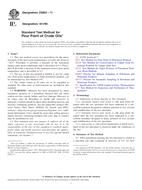
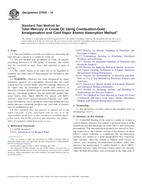 ASTM D7623-10
ASTM D7623-10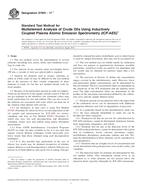 ASTM D7691-11e1
ASTM D7691-11e1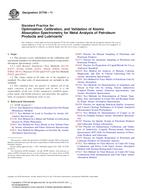 ASTM D7740-11
ASTM D7740-11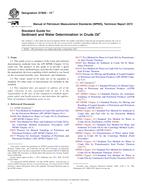 ASTM D7829-13e1
ASTM D7829-13e1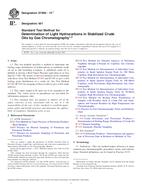 ASTM D7900-13e1
ASTM D7900-13e1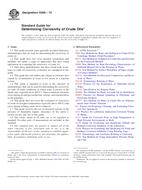 ASTM G205-10
ASTM G205-10
 Cookies
Cookies
